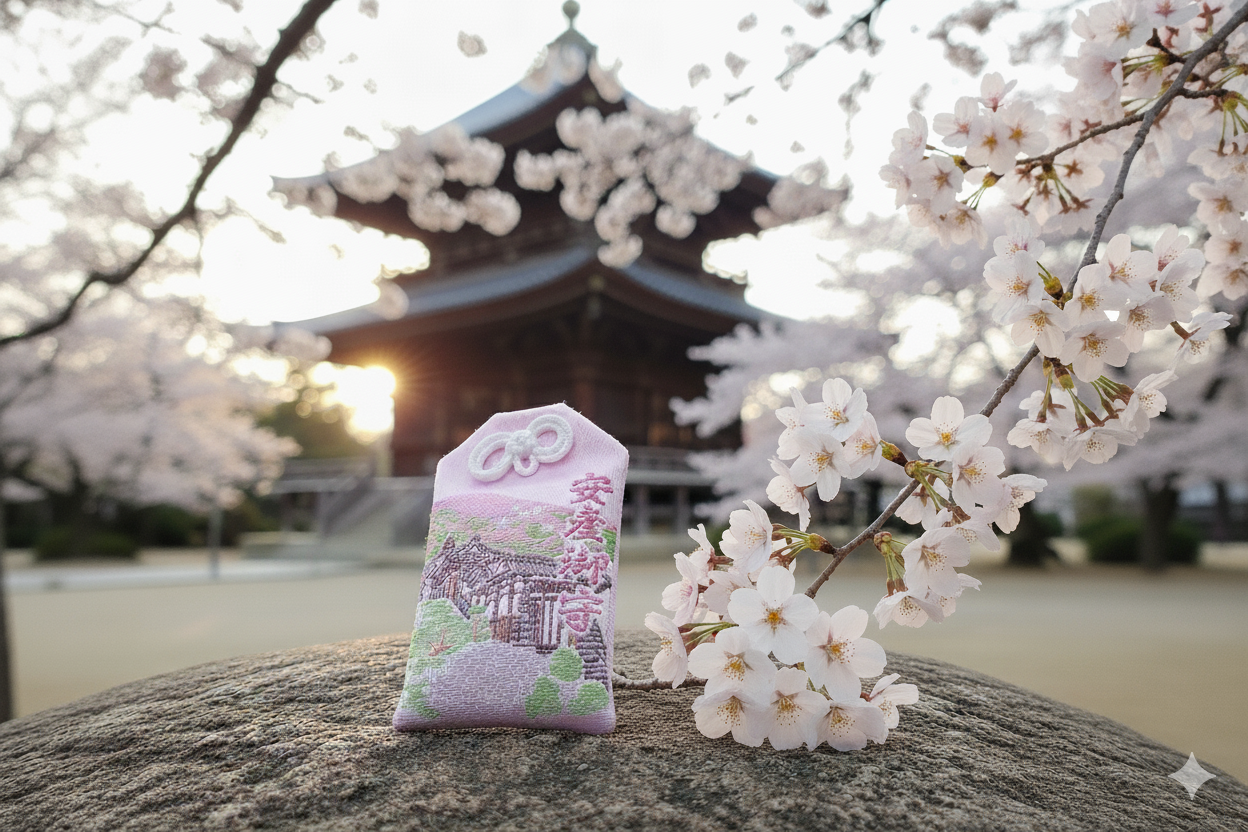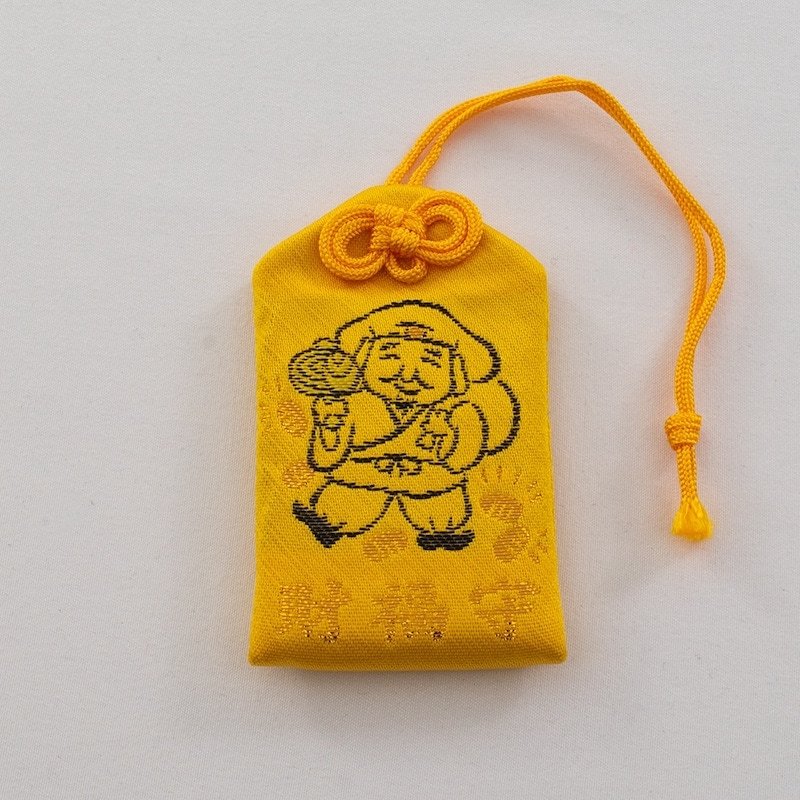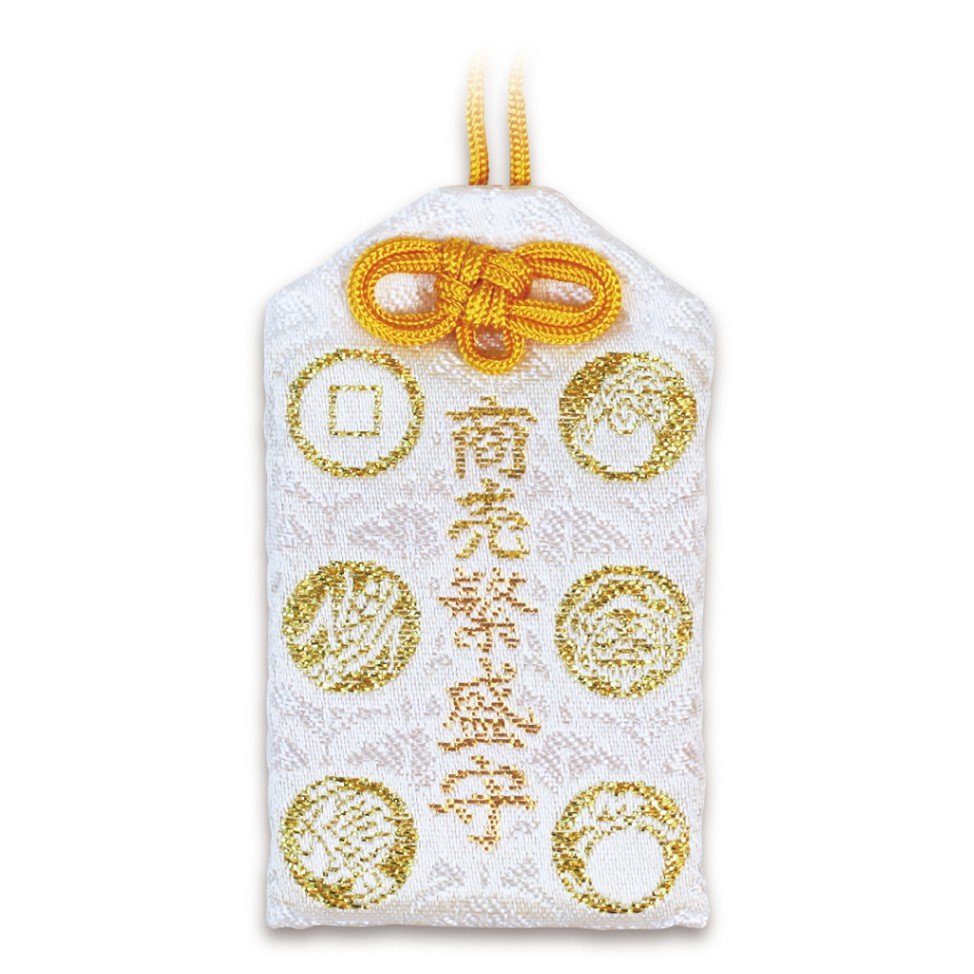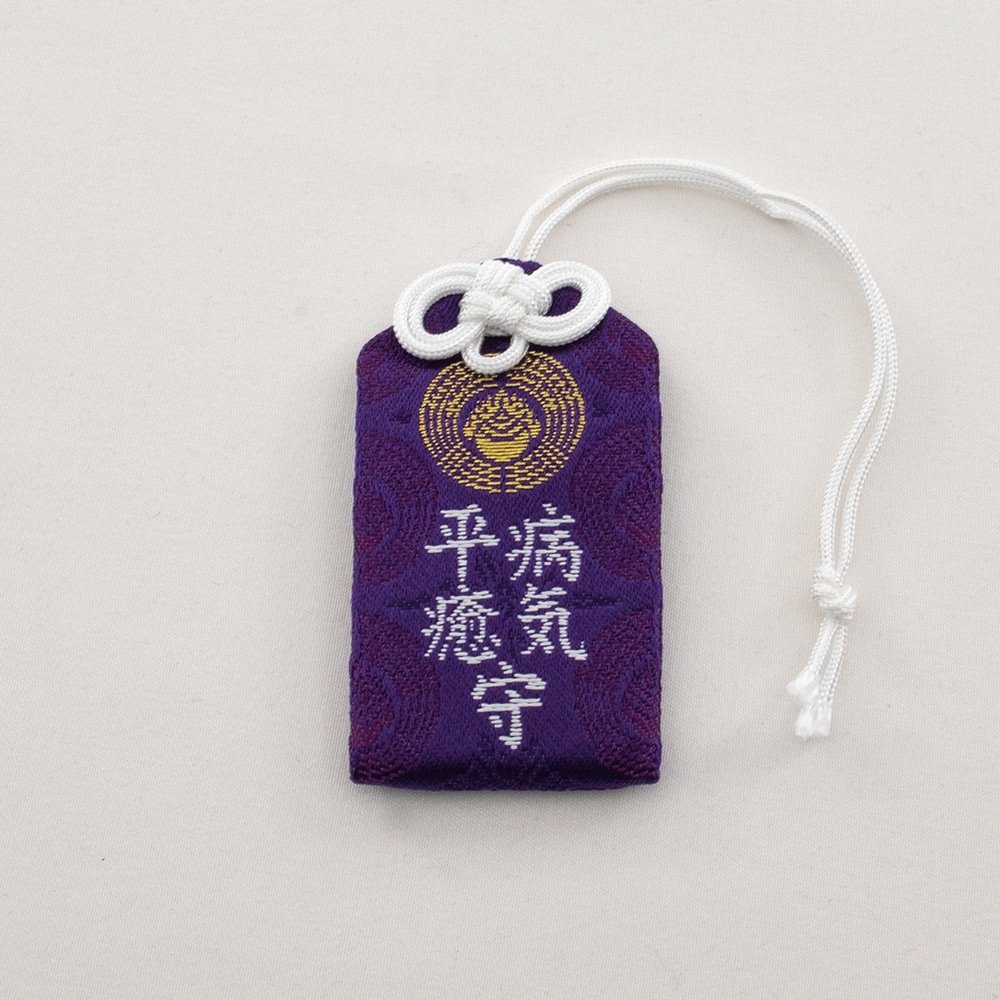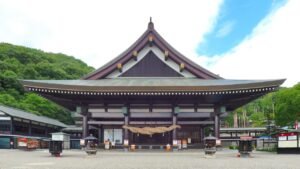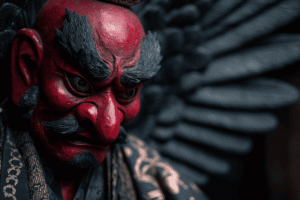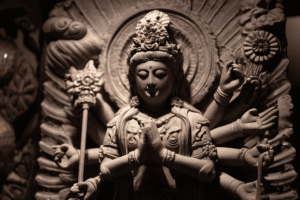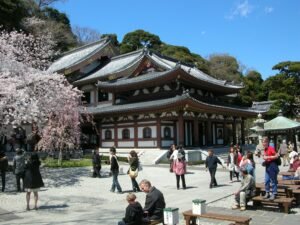The Anzan Omamori is so much more than a simple amulet, it’s a symbol of hope, faith, and protection. In Japan, pregnancy and childbirth are considered sacred events, yet also moments of great vulnerability. Pregnant women have traditionally turned to Shinto shrines and Buddhist temples to seek divine blessings for a safe delivery.
These amulets, like all omamori, are small fabric pouches containing a sealed prayer or sutra. The amulet itself must never be opened, as doing so would release the sacred power it holds. The designs and colors of the Anzan Omamori are often soothing: pastel shades, cherry blossom (sakura) or crane (tsuru) motifs, which are symbols of longevity and happiness.
The main purpose of the Anzan Omamori is to invoke the protection of deities or buddhas. In Shinto belief, pregnant women often pray to specific deities, such as the goddess Konohanasakuya-hime (木花咲耶姫), the guardian deity of Mount Fuji, who is also associated with prosperity and easy childbirth. In the Buddhist tradition, prayers are directed to Kannon Bosatsu (観音菩薩), a compassionate figure who offers help to those who suffer.
Rituals and Traditions
Wearing the Anzan Omamori is often connected to traditional rituals that mark the stages of pregnancy. One of the most important is the Chakutai Iwai (着帯祝い), the “maternity belt ritual.” Traditionally celebrated in the fifth month of pregnancy, this rite involves the expectant mother wearing a special belt called an obi(帯) around her belly. This belt, often made of white cotton, is believed to support the belly and protect the fetus. It’s during this time that the Anzan Omamori is often acquired and attached to the belt, a handbag, or carried on one’s person for constant protection.
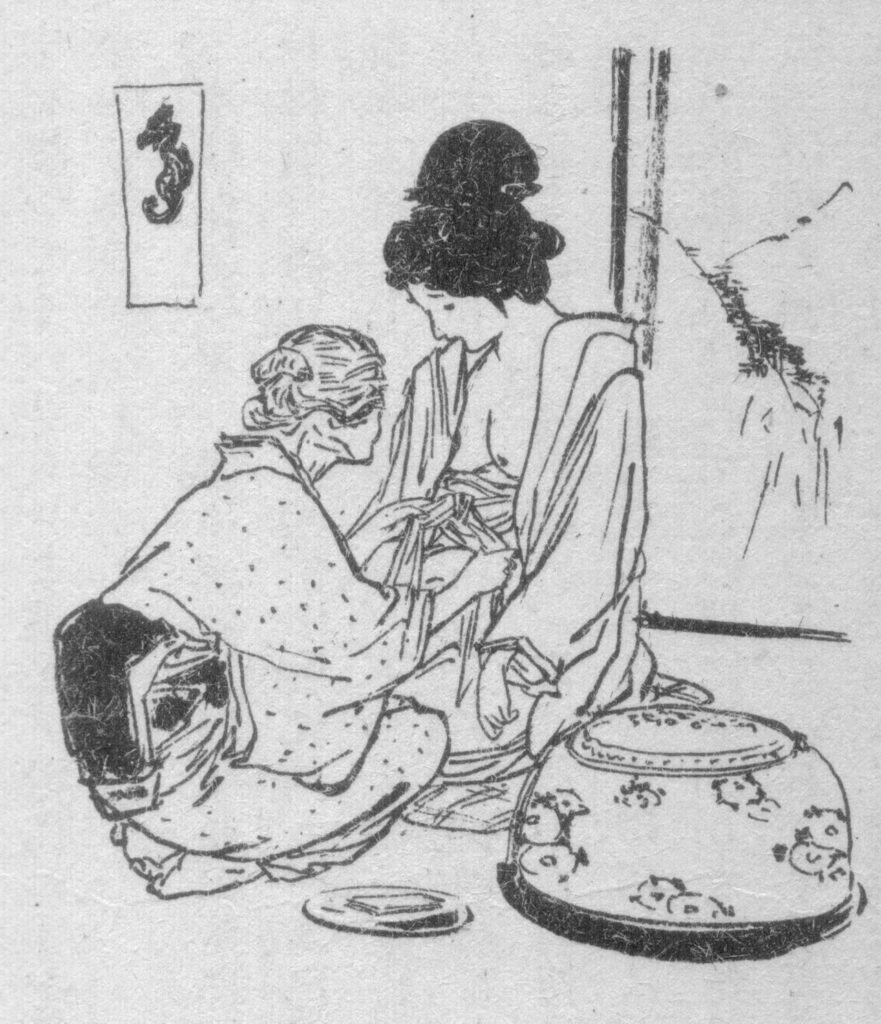
The Chakutai Iwai isn’t just a physical ritual; it’s also a chance for the family to gather and pray for the health of both the mother and the child. Expectant mothers and their families visit a shrine or temple to get blessings and buy their Anzan Omamori, strengthening the spiritual dimension of the event.
Cultural and Spiritual Significance
The concept of the Anzan Omamori and its associated rituals is deeply rooted in Japanese culture, where the idea of “protection” and “blessing” plays a central role in daily life. Unlike a Western view that might see the amulet as a simple superstition, in Japan, it’s an expression of respect for the natural process of life and a way to connect with spirituality.
These amulets aren’t magical talismans that guarantee a perfect outcome. Instead, they are constant reminders of faith and hope. Wearing an Anzan Omamori is an act of trust, a gesture that calms the mind of the expectant mother, bringing her serenity and courage in the face of the challenges of pregnancy and childbirth. This reflects a philosophy where physical and mental preparation are just as important as prayer.
The Anzan Omamori Today
Even though Japan has evolved, the tradition of the Anzan Omamori remains very much alive. In both cities and the countryside, shrines and temples that specialize in Anzan prayers continue to attract many expectant mothers. One of the most famous shrines for Anzan is the Suitengu Shrine (水天宮) in Tokyo, known for its blessings for an uncomplicated birth.
Today, the Anzan Omamori is often given as a gift to a pregnant woman by her friends or family, symbolizing their love and support. It’s a tangible way to express their wishes for happiness and safety. The younger generations, while connected to the modern world, still appreciate the spiritual value and cultural heritage of these items.
The choice of amulet has also become more personal, with a variety of designs and materials available, but the respect for the meaning of the omamori remains. It’s often kept as a treasured keepsake once the baby is born, recalling an important moment in the mother’s life.
